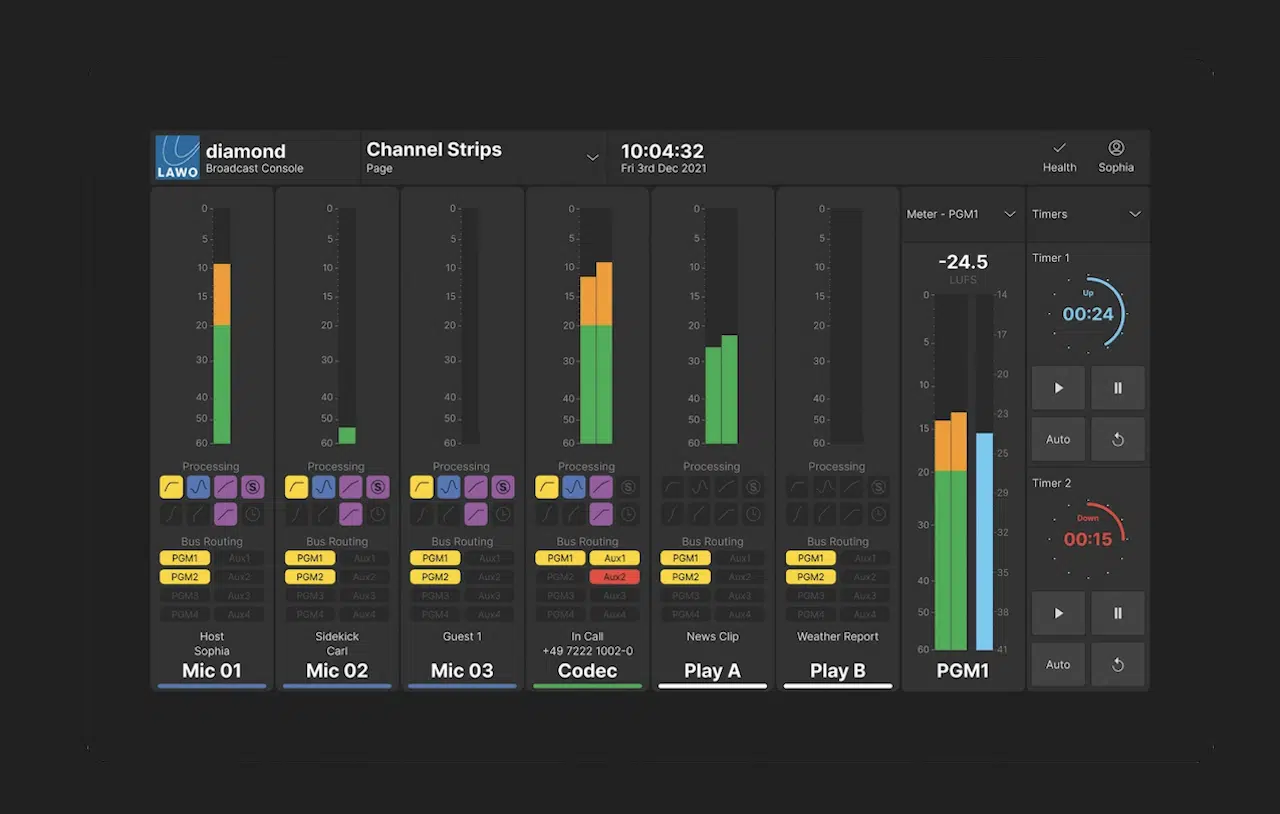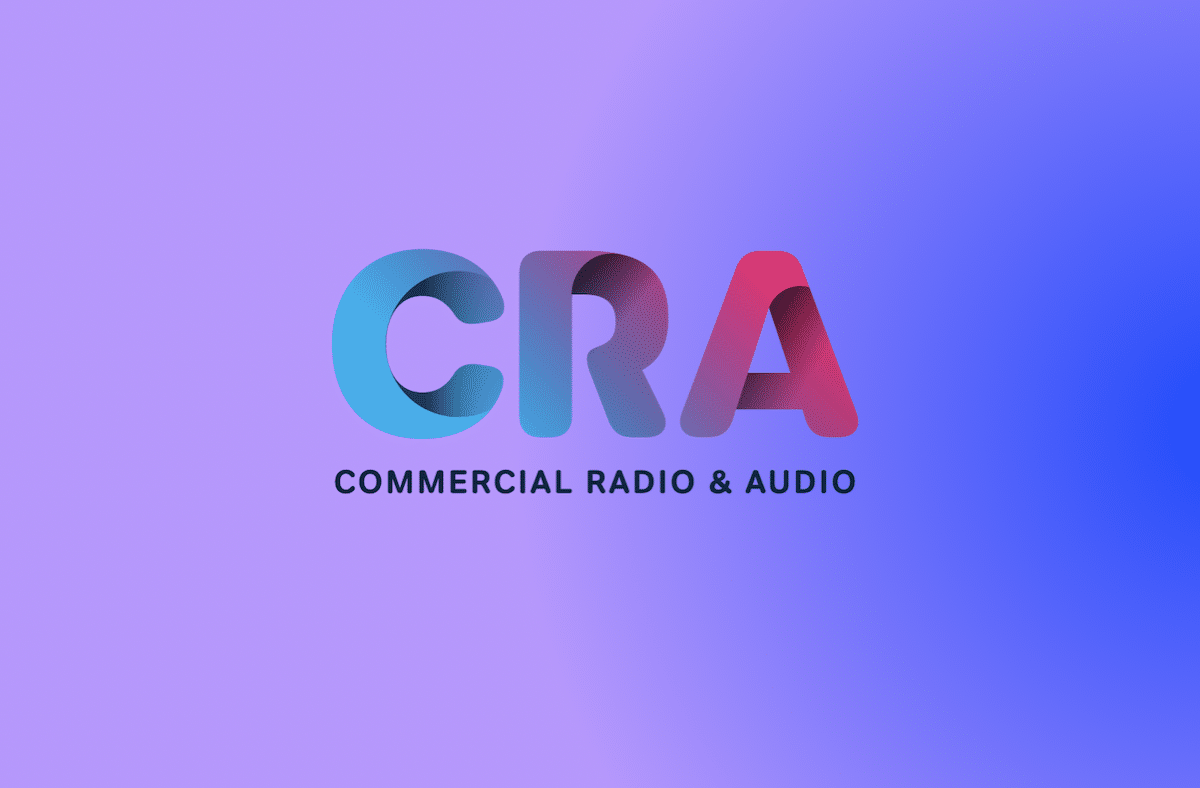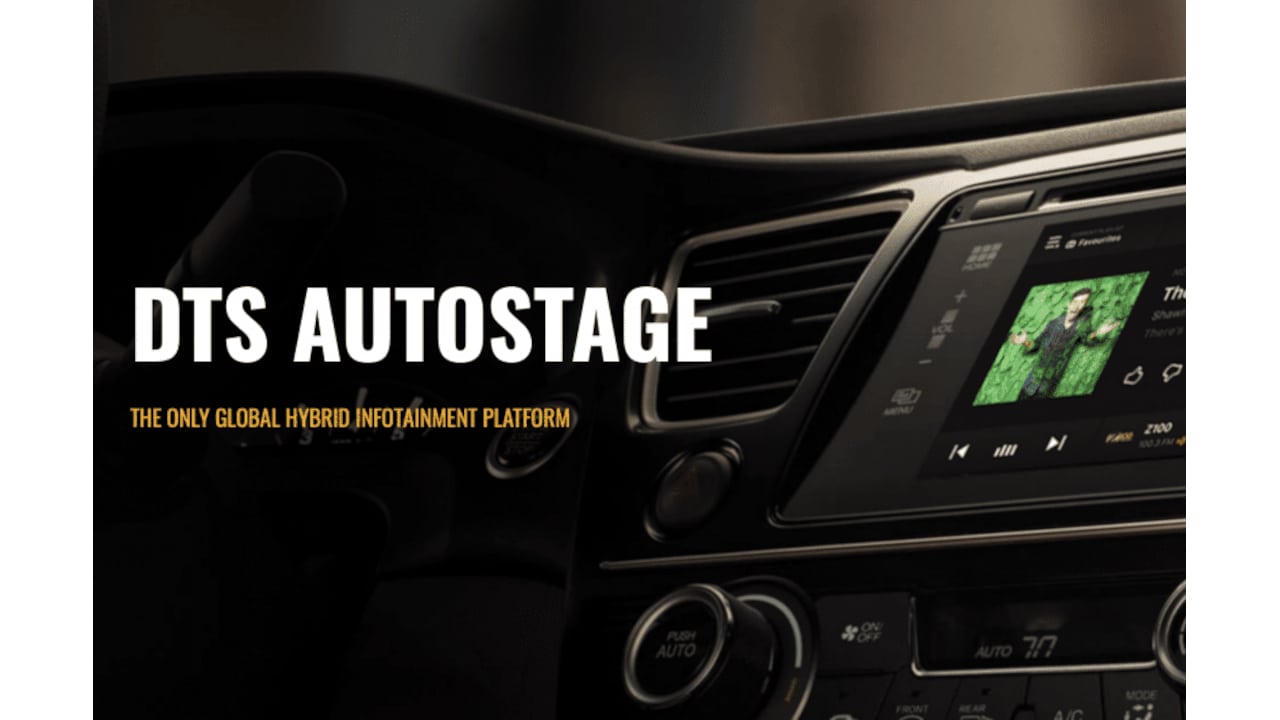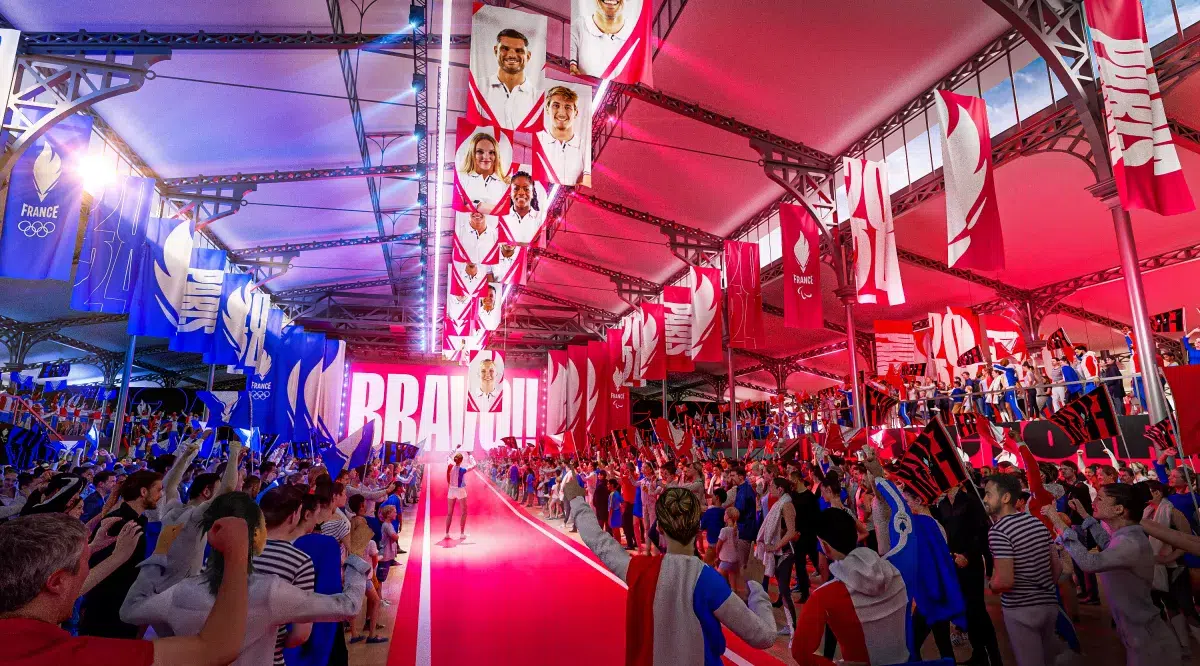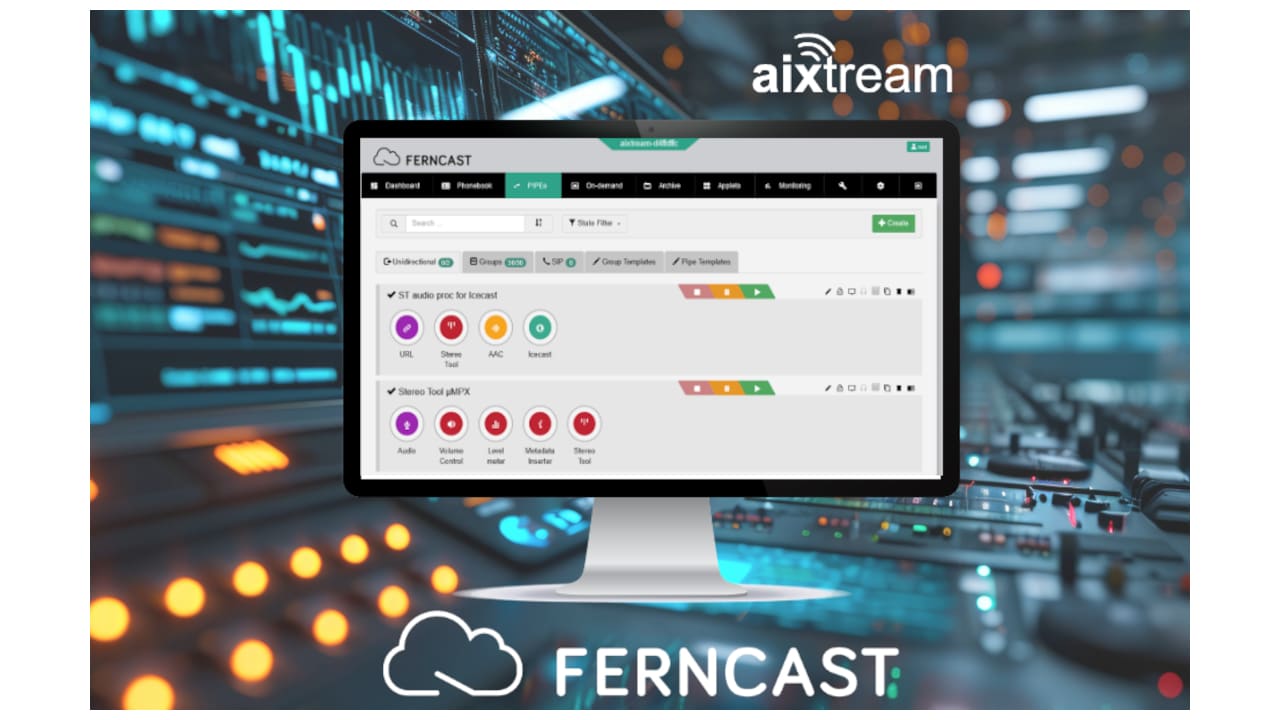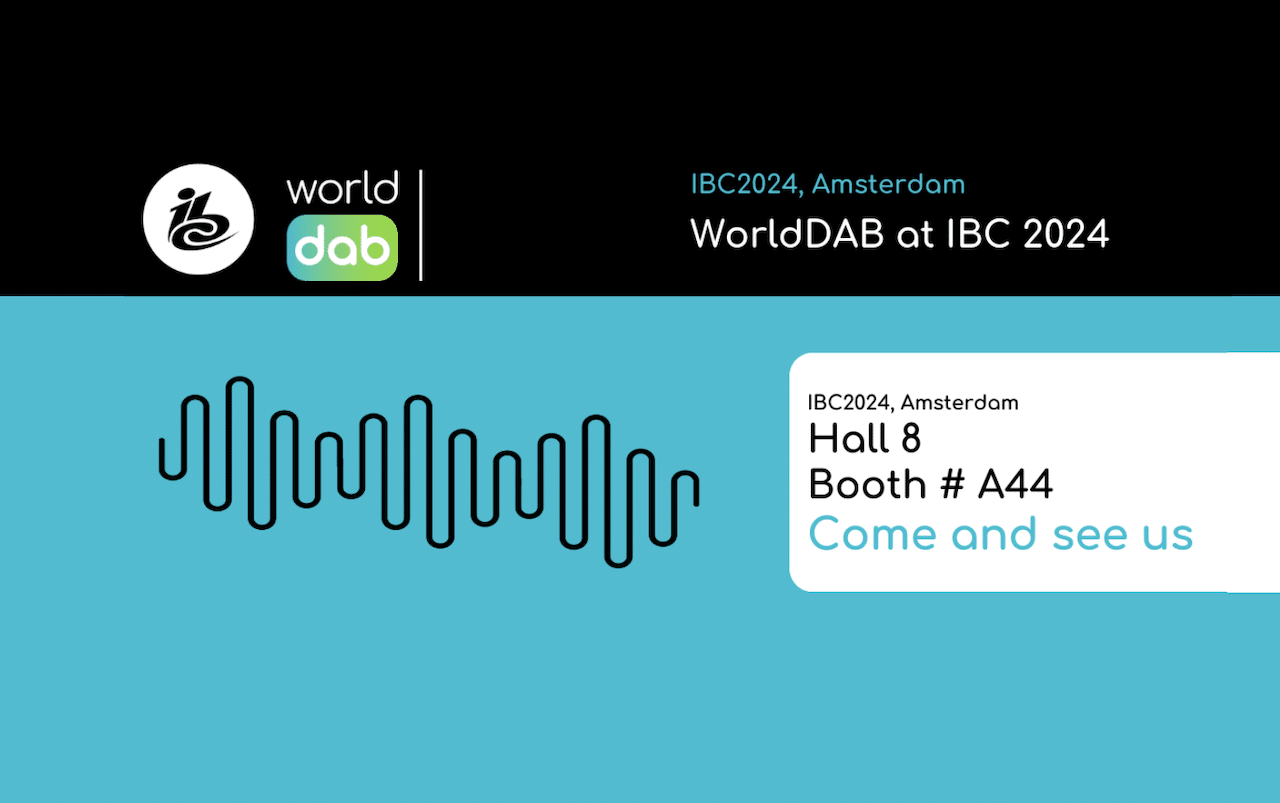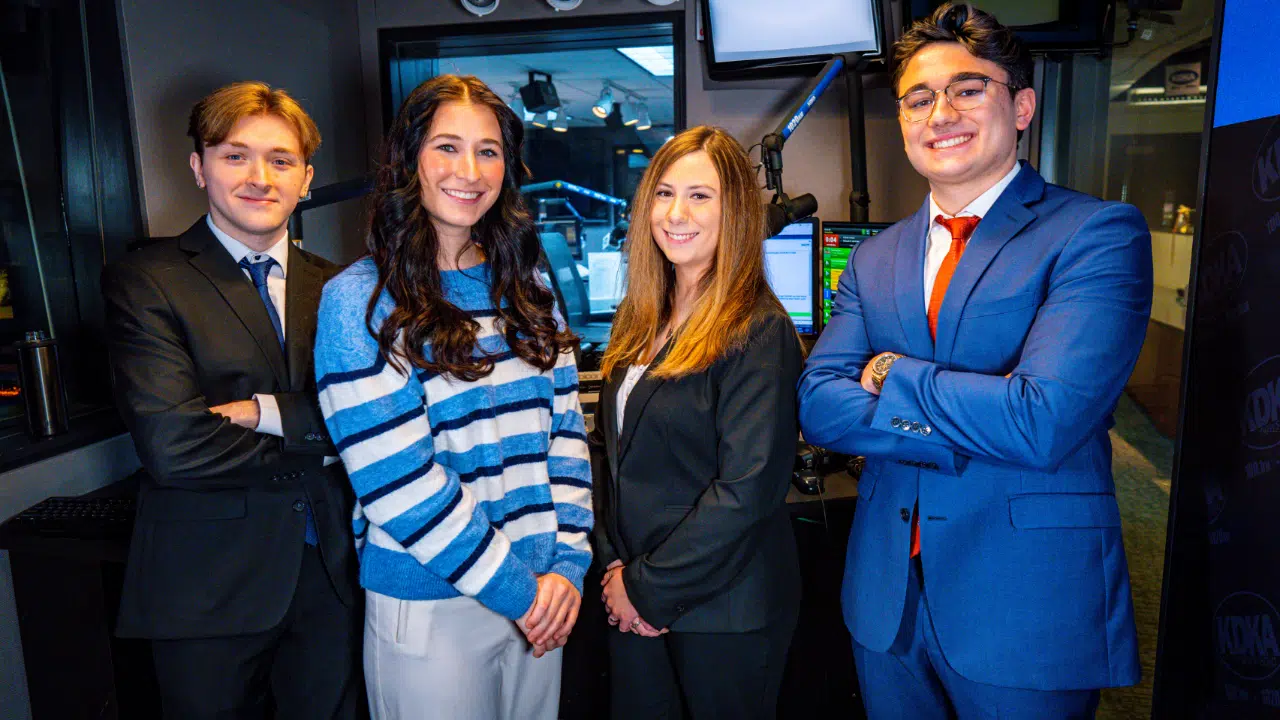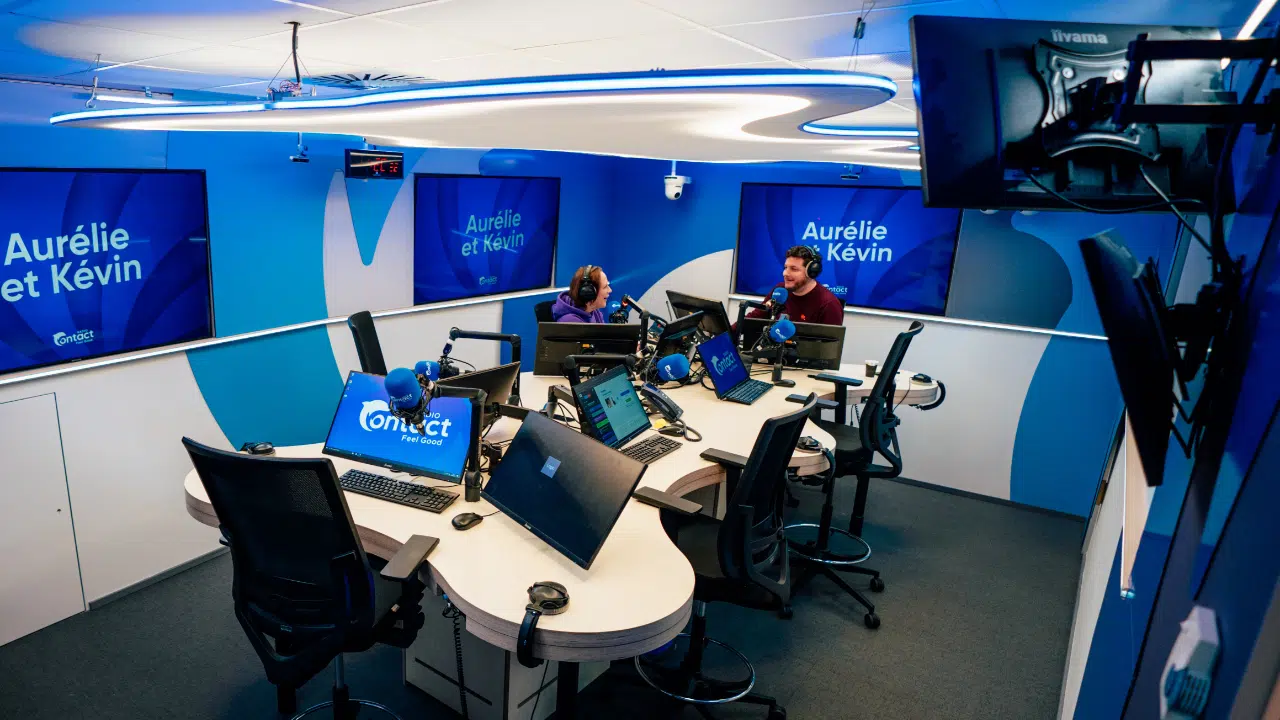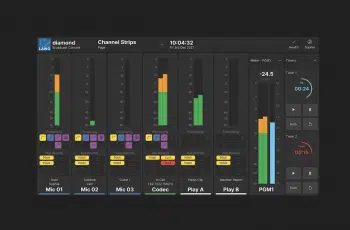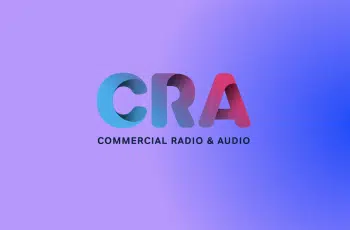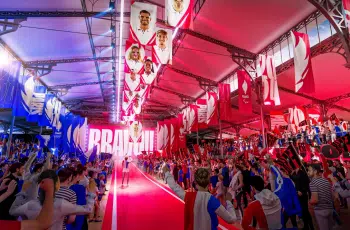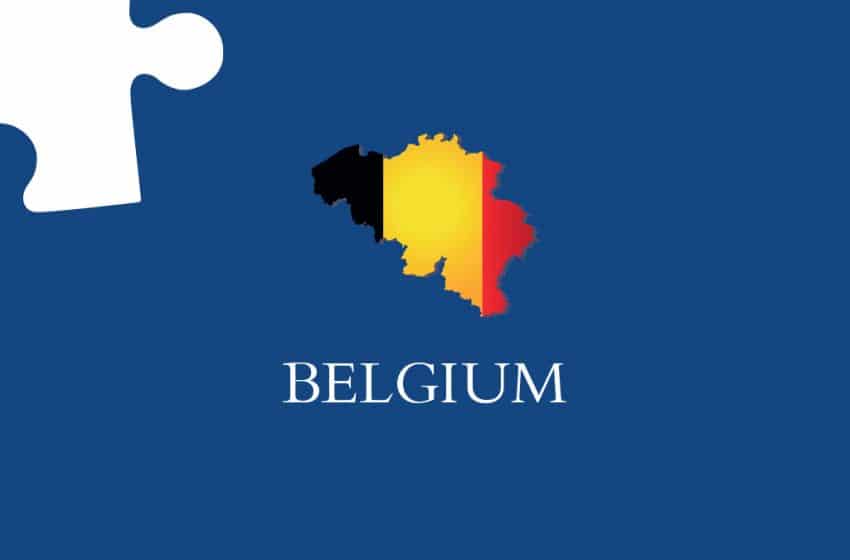
Is the Radio market growing in Belgium?
Belgian listeners and advertisers love radio. In 2021, radio represented 15.7% of media investments and even 18.4% in the south of the country (excluding digital revenues).
In terms of audience, radio is also doing well, despite a slight decline. In 2021, 91.7% of Belgians listened to radio, 69.3% of them daily. This represents 6,894,000 listeners every day (of a population of 11 million inhabitants)
Is your radio market growing in terms of new players in radio or audio starting up in 2021?
The FM and DAB+ licenses were awarded in 2019 for the next seven years. Therefore, there are no new players expected in the coming years.
Has your radio audience grown over the COVID pandemic, and how does it look now?
According to the polls that appeared in 2021, radio listenership is slightly down: 91.7% in 2021 versus 92% in 2019, before the health crisis.
There was, however, a slight increase — two minutes — in average listening time: 232 minutes per day in 2021 versus 230 in 2019. During the height of the COVID crisis, this peaked at 234 minutes.
How has radio advertising revenue performed over the same period?
Radio advertising was in decline in 2021. Television advertising, however, seems to be benefitting from the post-COVID economic recovery. In 2019, radio comprised 16.4% of media investment; it is now 15.7%.
What is the most important new opportunity that radio stations in your market are pursuing in terms of investment in capital and human resources?
Digitization is the biggest challenge for the radio medium. For a long time, our medium was able to live in a privileged analog world. Concepts such as UX or the ergonomics of a radio receiver were not part of our concerns.
Now, more than ever, we must make our expertise in playlist creation prevail over the algorithms of streaming platforms. We must also develop efficient digital players to make listening to radio online attractive. Finally, digital audio is a fast-growing revenue model and radio is a key player in this context.
What seem to be the most challenging technological, programming, strategic and/or sales goals among radio owners in your market?
In terms of programming and strategy:
- Create an OLA (online audio) market that can optimize the marketing of our inventory.
- Make sure that 1% PDM on a 100% DAB+ program is as good as 1% PDM on an FM program.
- Meet our local music quotas while ensuring the quality of our programming and the promise we make to our listeners.
In terms of technology:
- Establish a regional DAB+ channel to be able to pick up our advertising screens and meet the expectations of our regional advertisers.
- Develop radio consumption via smart speakers and hope for the arrival of Amazon Echo in Belgium soon.
- Find out how to use blockchain technology in our sector in a useful way.
How advanced is your market in terms of the transition of FM radio operators into audio streaming, audio on demand and digital radio such as DAB or DRM?
Currently, 28.9% of live radio listening in Belgium is digital, of which 11.9% is AoIP, 7.5% via a TV package and 9.5% on DAB+. Digital has grown by 27.3% since 2017.
We officially launched DAB+ at the end of 2019. Two years later, studies show that almost 20% of Belgians have a DAB+ receiver and that almost 10% consume DAB+ radio daily.
Digital radio consumption in vehicles is key to growth. The European directive that makes DAB+ receivers compulsory in all new vehicles since 20 December 2020 is bound to accelerate the penetration of DAB+ in Belgium.
What regulatory body oversees radio in your country?
Conseil supérieur de l’audiovisuel (CSA)
Are there other noteworthy radio industry organizations in your country? If so, who are they?
The MaRadio association promotes digital radio with Belgian French-speaking radio stations. It coordinated the launch of Radioplayer.be and DAB+.
Radio Z defends the interests of independent radio stations, particularly in the transition to DAB+.
Source:
Kim Beyns
COO NGroup
Nostalgie, NRJ, Chérie, Nostalgie+



